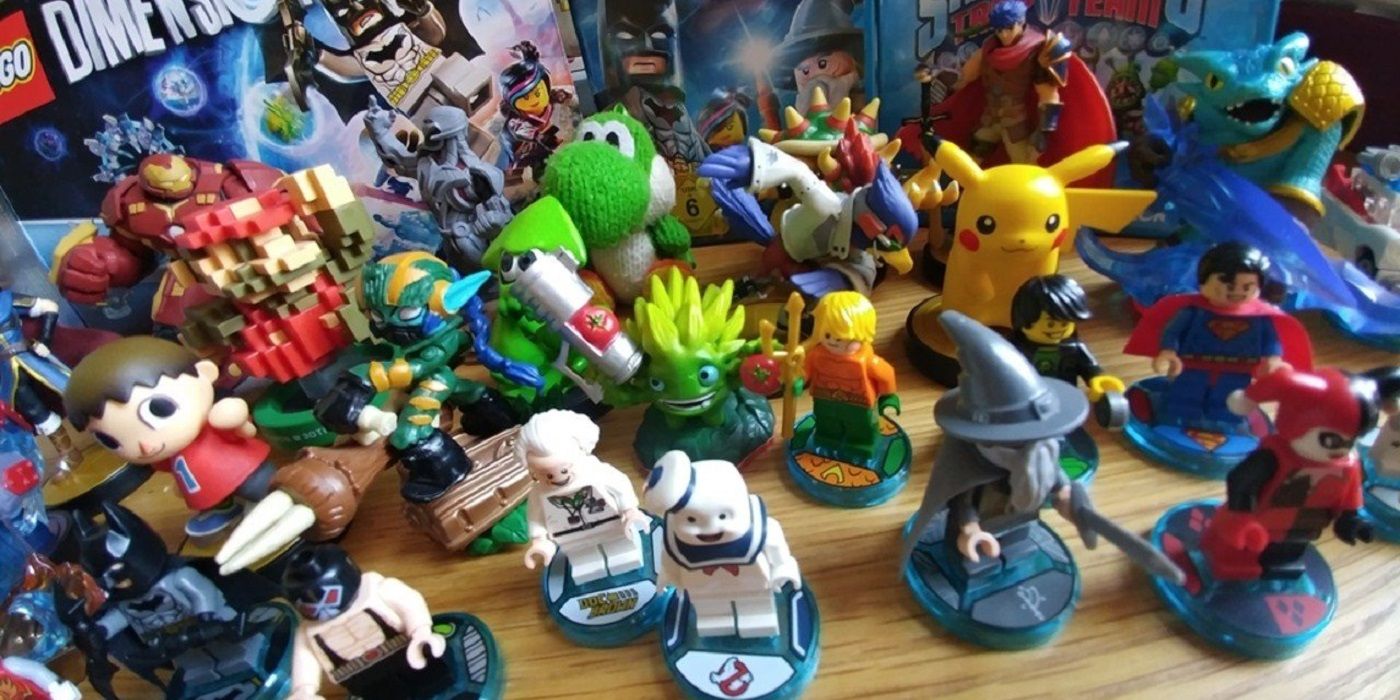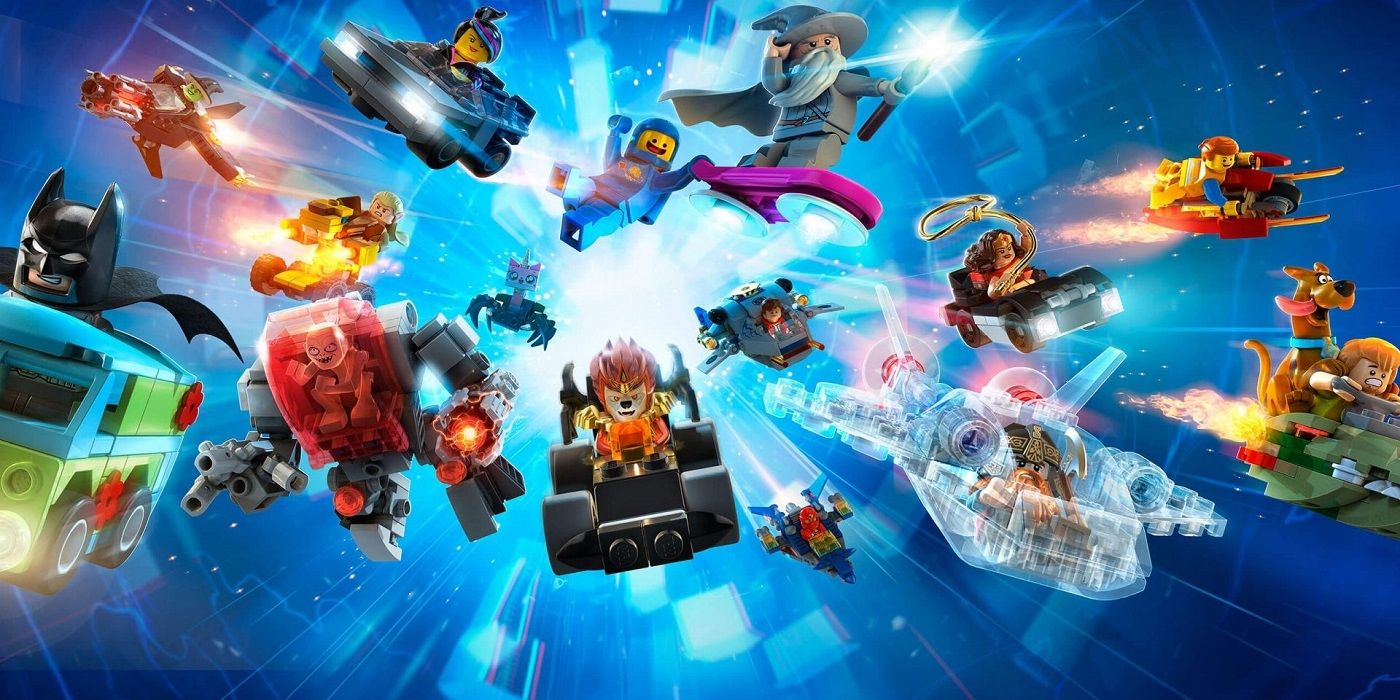At the height of its popularity, the toys-to-life genre covered a variety of properties including Lego, Disney, and numerous characters from Nintendo. These next-level interactive toys included a number of elements that, on paper, ought to have made a recipe for success. Toys-to-life games were at their most popular for less than a decade with the final entry in the genre officially ending in 2019. The concept itself was sound, but greed and stigma contributed to its downfall.
While some toys-to-life games are still playable today, support for many of these titles has since ended. Skylanders may have been the most financially successful, but Nintendo's uniquely executed amiibo line has seemingly been the one to persevere over the rest due to its more flexible applications and less toy-centered gaming content.
Gamers have a deep appreciation for the art of their favorite games. This often extends to additional artistic mediums like posters, novelizations, and collectibles. Introducing the concept of a collectible as a vital part of playing a video game switches the role and makes collecting these toys a requirement rather than an option. Video games have long carried a stigma of being intended for children, a sentiment that has diminished over the years thanks in part to the evolving narrative and complex nature of games over the years. Offering collectible toys to support a game is a great option, but creating a game that requires toys to play not only asks for significant financial investment but can alienate older gamers from trying what could be an exceptional game. Many felt that making games that required toys to play reinforced the stigma that games are for children.
Toys Became The Focus Rather Than The Game
Most of the toys-to-life games were well-made and charming experiences, but rising success meant more opportunities for companies to cash in. They could charge full price for the game and consistently launch more waves of toys needed to play. This meant what could have been a one-time purchase for an action-adventure title was now a hunt for every piece required to complete the set. New toys would continue to be released, and given it was a physical object which required packaging and shipping, the cost for each one was often notably higher than any sort of in-game DLC add-on. Some brands became overpopulated with toys, making it seem like their focus was the dollar value over the game itself.
Nintendo's amiibo avoided these issues as the toys are not necessary for gameplay, but offer optional add-ons to a variety of first-party games. These toys can be used for costumes in Mario Kart 8 Deluxe, to unlock treasure in Legend of Zelda: Breath of the Wild, or as specially trained NPC fights in Super Smash Bros Ultimate. The same toys can be used across multiple games for different effects, and each one features a recognizable character that fans are happy to collect and display.
The toys-to-life genre lasted nearly a decade, but creating full-price games with content locked behind extensive and costly toy collections snowballed poorly. The price of these toys was more affordable to older gamers, but few wanted to invest in cluttering their space with toys required to experience a game. Companies saw an opportunity to make money rather than an enjoyable experience and store shelves were soon flooded with toys for a gaming gimmick rather than exploring the potential of a new avenue of gaming. Toys-to-life games could have become their own long-standing genre, but the aggressive approach of requiring many toys to enjoy a game and the focus on toy production over quality gaming lead to the disappearance of the genre.


